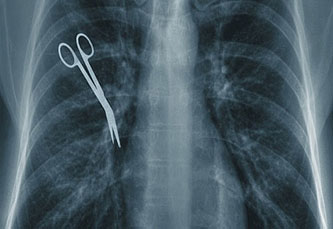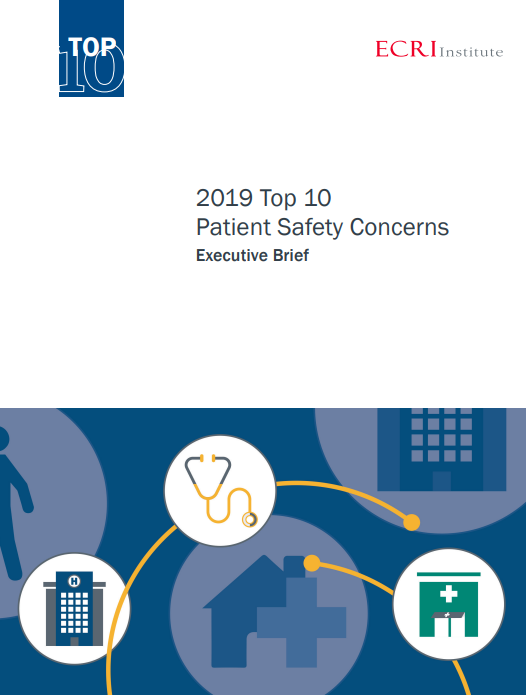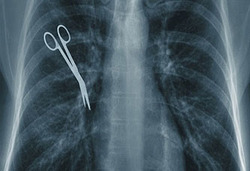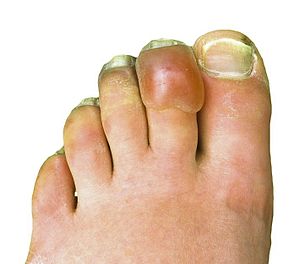New York Medical Malpractice Attorney Christopher J. Donadio to Lecture at the ACI Advanced Forum on Obstetrical Malpractice Claims
 Our NY medical malpractice attorney Christopher J. Donadio has been invited to lecture at the ACI Advanced Forum on Obstetrical Malpractice Claims, which will be held on Thursday, June 27, 2019 at 8:15 am at the The Union League of Philadelphia at 140 South Broad Street, Philadelphia, Pennsylvania. Mr. Donadio has been asked to provide a plaintiff’s attorneys perspective to the current trends in medical malpractice cases involving shoulder dystocia.
Our NY medical malpractice attorney Christopher J. Donadio has been invited to lecture at the ACI Advanced Forum on Obstetrical Malpractice Claims, which will be held on Thursday, June 27, 2019 at 8:15 am at the The Union League of Philadelphia at 140 South Broad Street, Philadelphia, Pennsylvania. Mr. Donadio has been asked to provide a plaintiff’s attorneys perspective to the current trends in medical malpractice cases involving shoulder dystocia.
The Annual Advanced Forum on Obstetric Malpractice Claims is an annual event that brings together a faculty of medical experts, risk managers, insurance professionals, and plaintiff and defense attorneys who will provide the attendees with the most up-to-date information on complex medical issues as well as litigation hurdles and strategies.
 New York Personal Injury Attorneys Blog
New York Personal Injury Attorneys Blog









